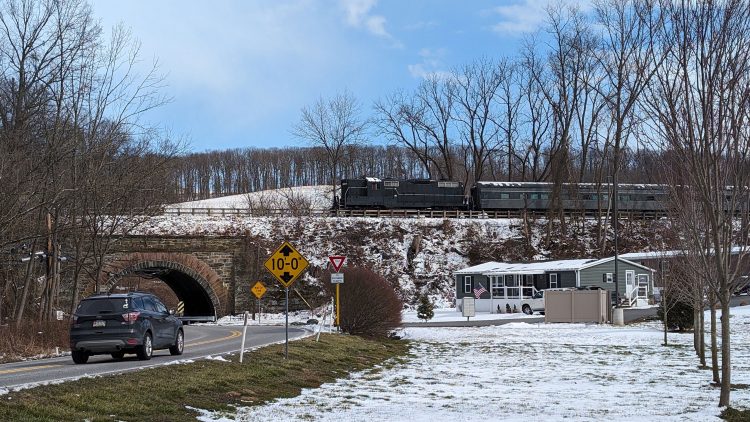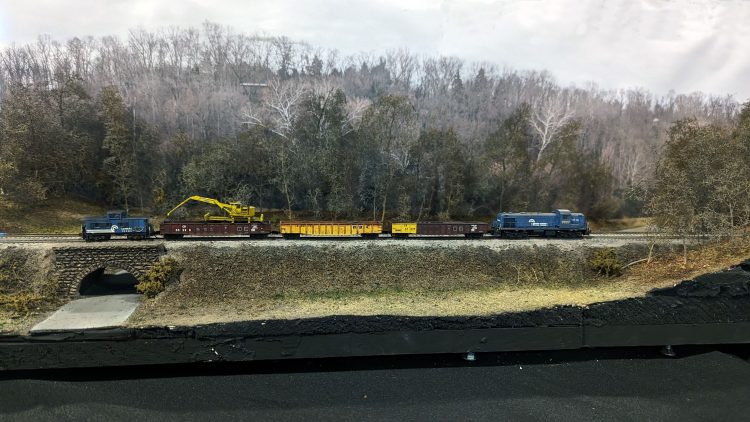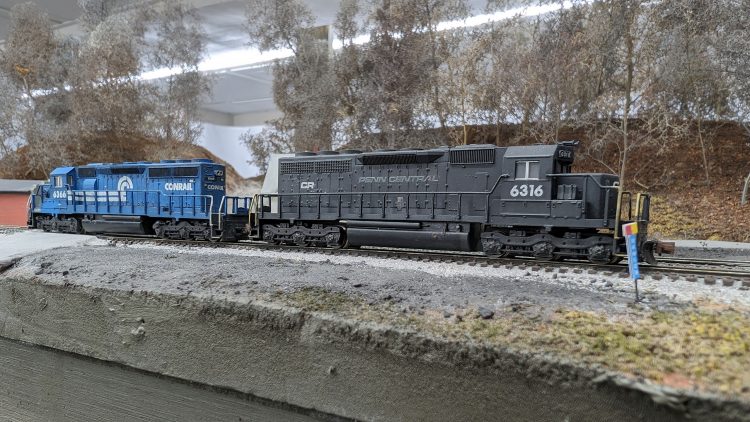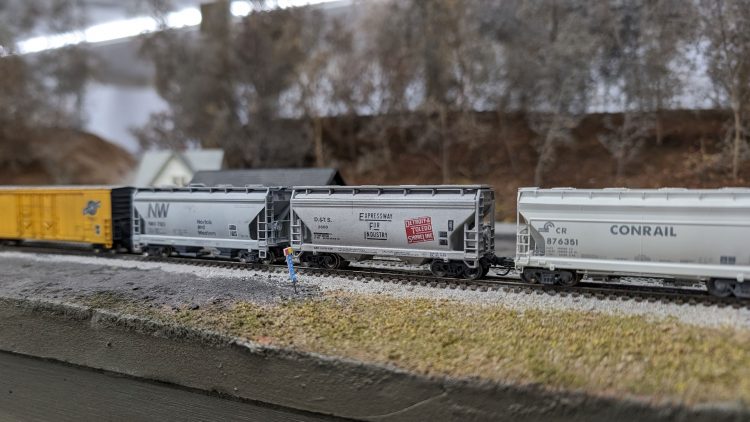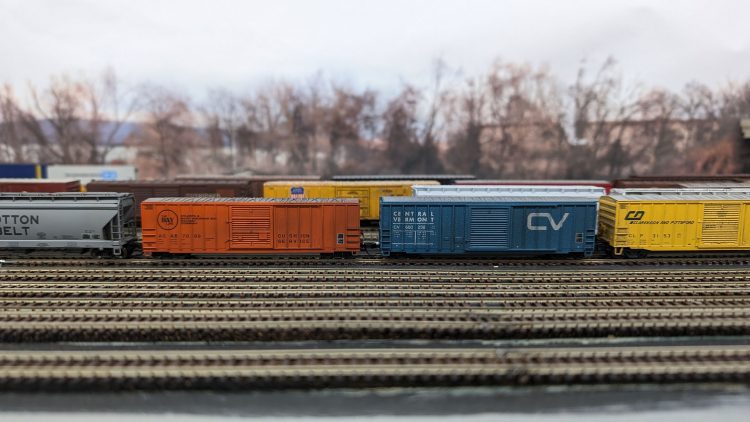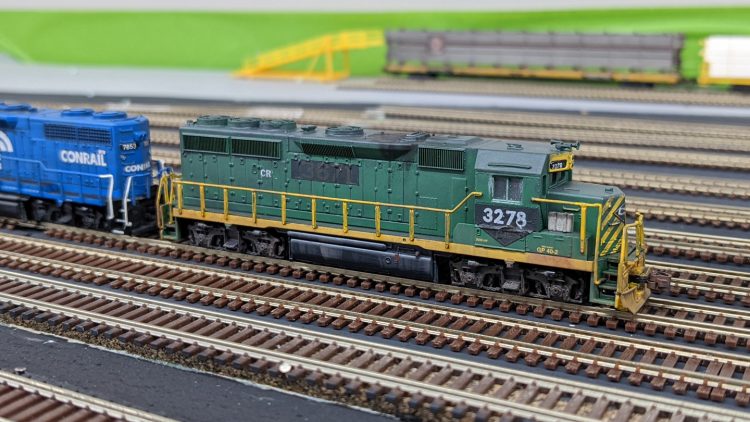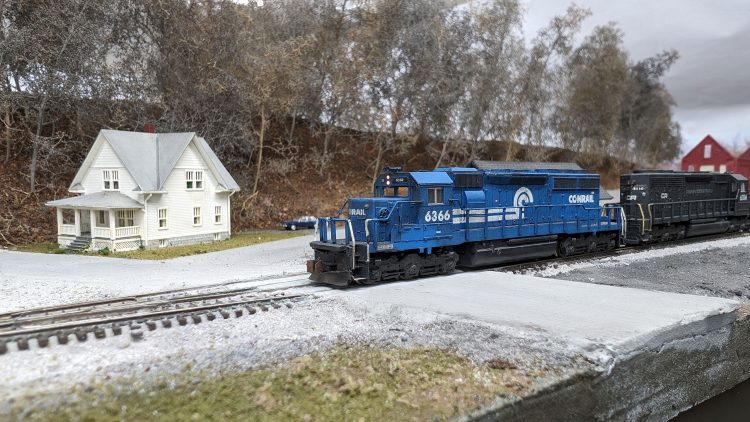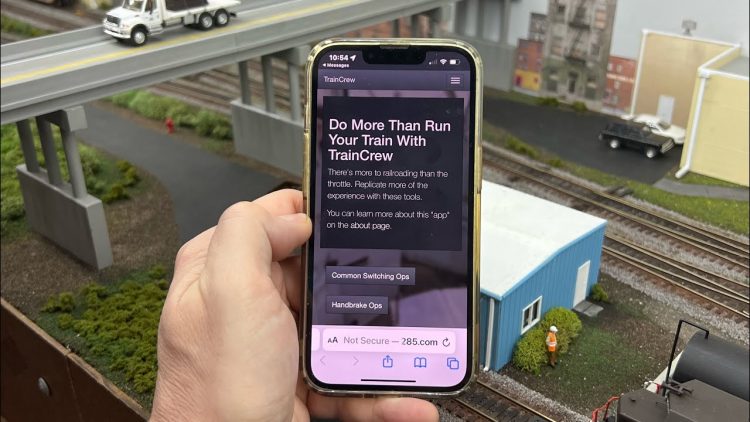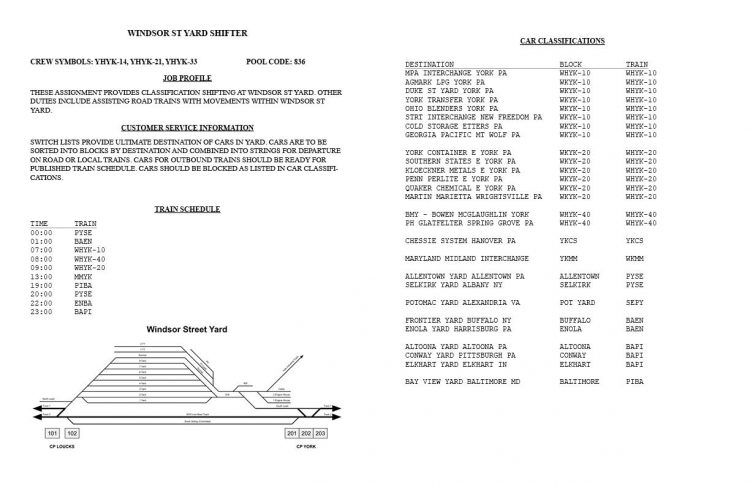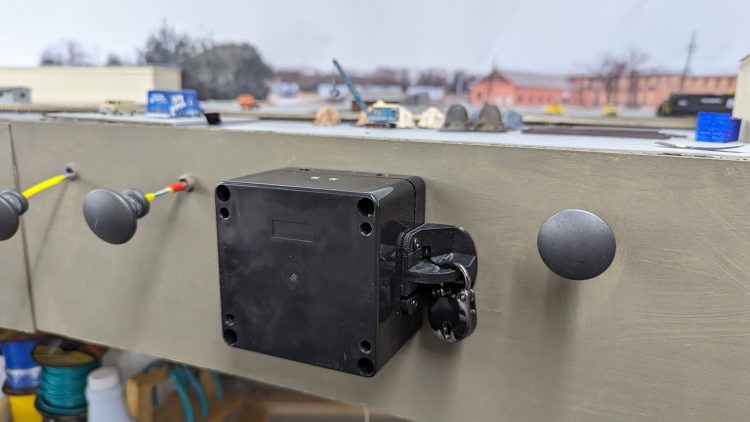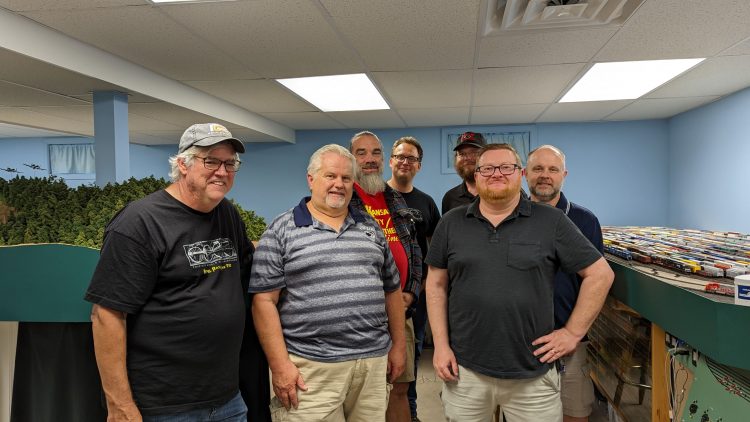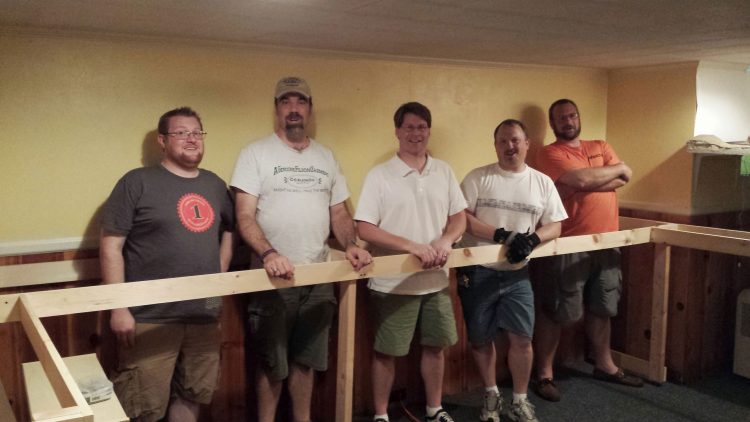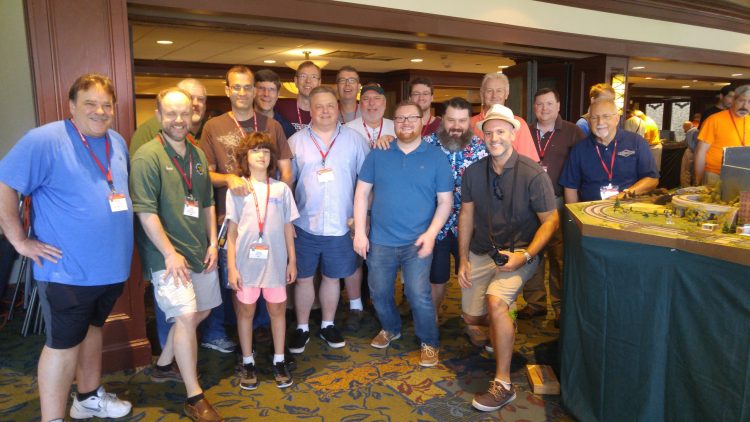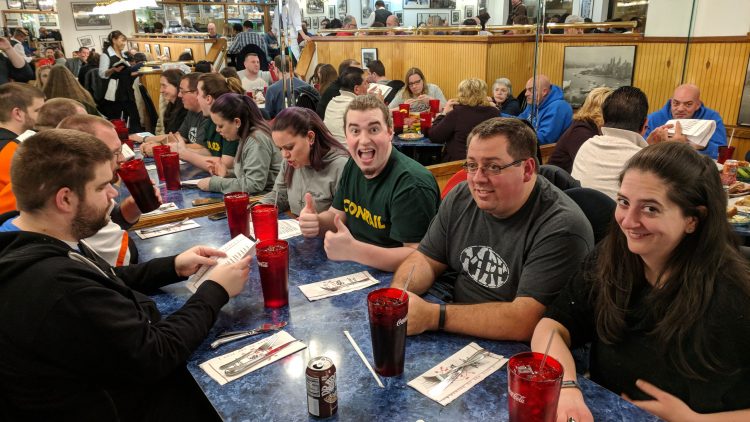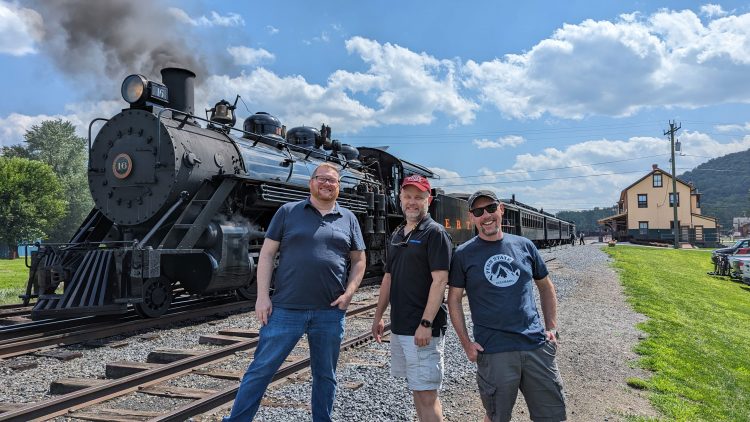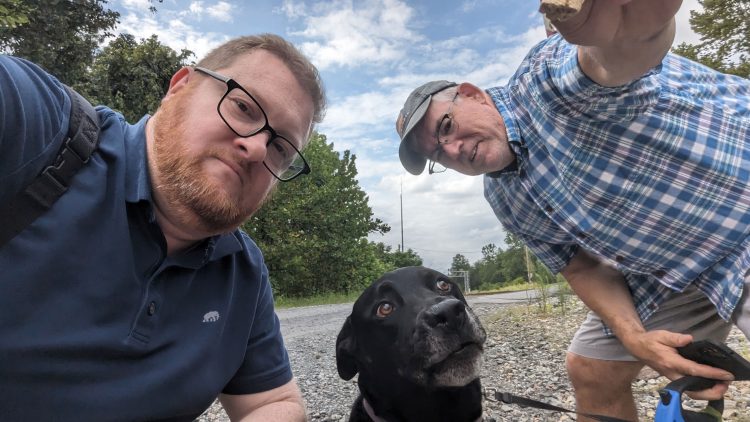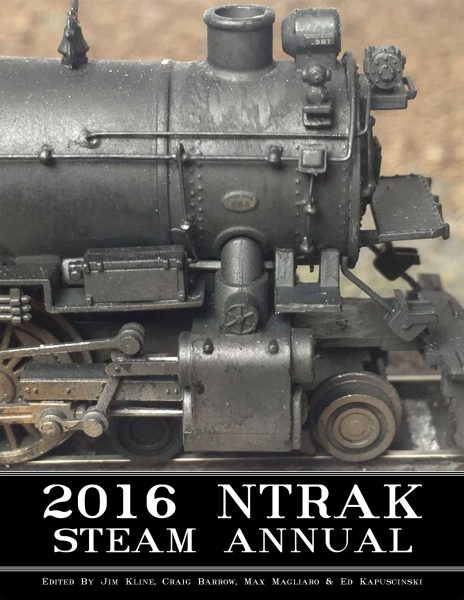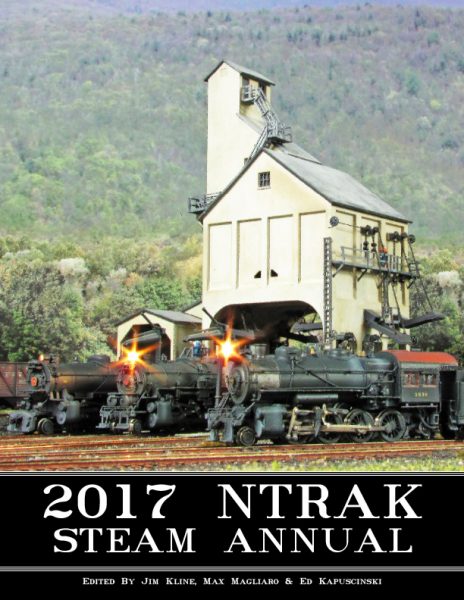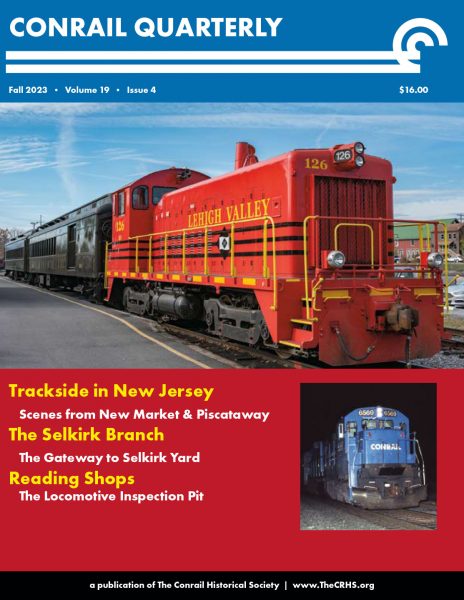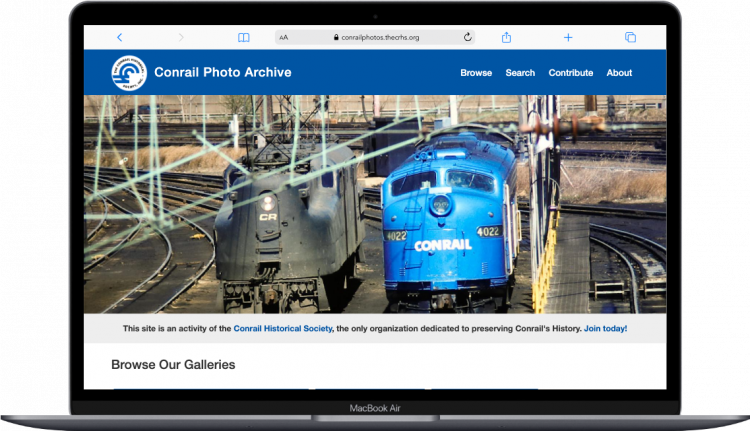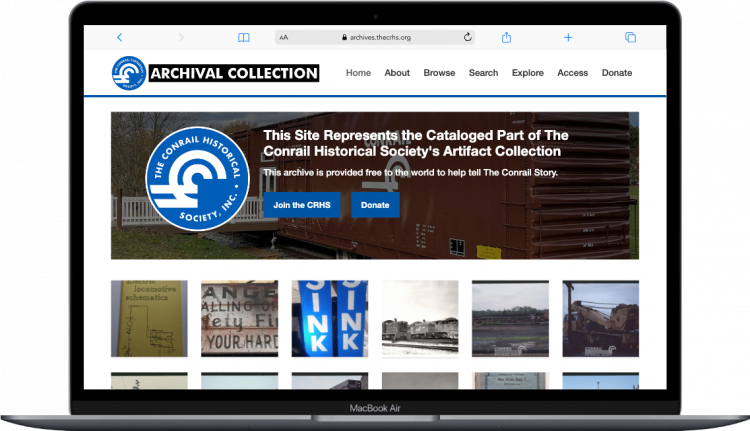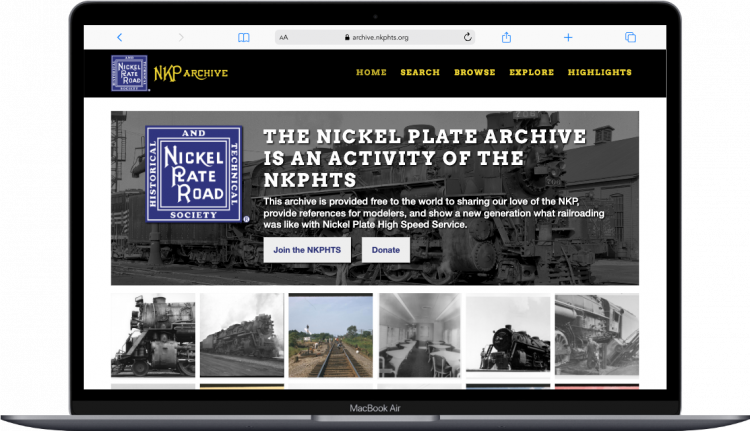I’m never shy about “my dumb hobby” with friends and co-workers but I also realize that they also might not have any idea about what it’s actually all about. Popular culture does it no favors so I wanted to write something to help explain what it’s all about for those who don’t know.
Model Railroading is a hobby and art form that spans a wide gamut of styles and activities. It ranges from the casual hobbyist who puts a train set around a Christmas tree to participation in a group that faithfully recreates the visual and operational aspects of a specific rail line at a specific time.
Personally, I do a whole bunch of things in the hobby, but they generally all revolve around recreating what “the experience of railroading” was like in miniature in a realistic recreation of the real world.
I am most known for my modeling of what I call “The Dead Season”, the time of year when the leaves are gone from the trees and when there may be or, usually, is not snow on the ground. This is usually late Fall through Winter, but when modelers talk about “modeling winter” they usually think about snow and ice which I don’t usually include in my work.
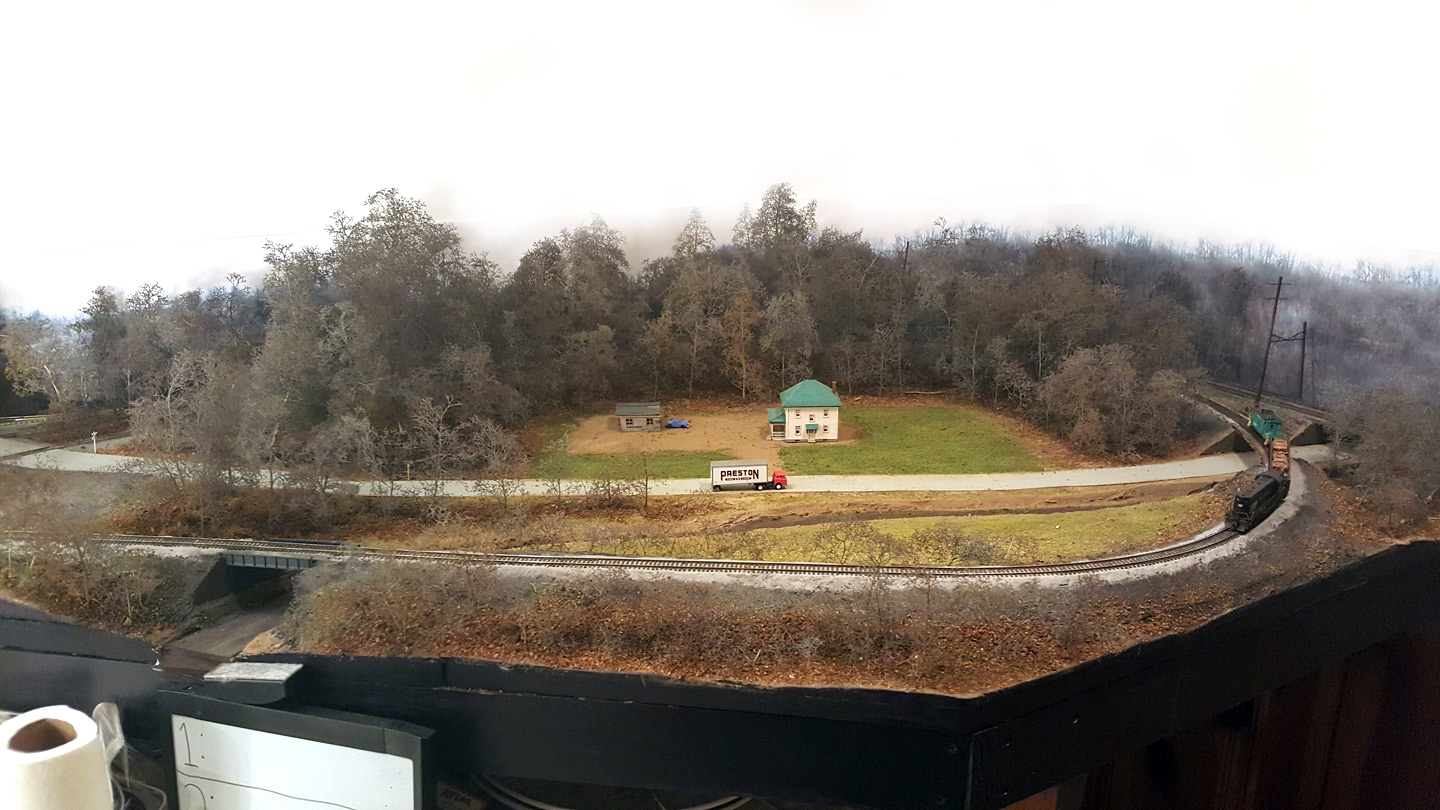
I have been an avid historian of the way that the railroad industry worked and works and I reflect this in my model railroading endeavors. My study has included the grand history of railroading (especially in the latter half of the 20th century) and the “on the ground” operations that go into moving goods and commodities around the continent (and world). This is reflected in my modeling work by recreating railroad equipment (the actual trains) that sometimes wear their history on their sleeves. This is done by collecting models made by model train manufacturers make that are appropriate for the eras and locales that I model (generally the late 1970s in Pennsylvania and Maryland) or “custom painting” models that are of the right type but wrong paint schemes. I also enjoy “weathering” my models to make them more closely resemble real-life railroad equipment that earns money for its owners outdoors.
It also is reflected in the way I operate my models. While I sometimes just go enjoy watching my collection run through the scenes I create, I feel that my modeling work really comes to life when the models are operated in a manner like the real thing. This includes doing things like moving the rail cars around my layout “with purpose” and replicating the activities that real railroaders do through physical and digitally simulated tools (like my TrainCrew “app”).
I am an active member in the model train community, often joking that I’m a “B-List model train celebrity”. There is a surprisingly large community of model railroaders both in my area and around the world. Through the years I’ve had the chance to meet and befriend many of them through The Railwire, an online model train message board. I’ve turned a number of these “online friends” into “real-life friends” in the process. It’s one of the areas of my life that I consider myself most fortunate in and I have the hobby to thank for it.
By being a member of the model railroad and railroad preservation communities, I have had the opportunity to learn a number of otherwise interesting skills and do interesting things. Because model railroading is such a multi-disciplinary hobby, I have been able to learn all sorts of skills including carpentry, electrical wiring, and additive manufacturing (3D printing). These skills definitely have many added benefits like equipping me to fix far more things around the house than non-modelers. Sometimes I don’t know how “normal people” get by without a full modeler’s workbench! I have also learned a number of other interesting digital skills through the hobby, including 3D design, graphic design (I have designed a couple of books and done work on the Conrail Historical Society’s Conrail Quarterly magazine), photography, and proof-reading manuscripts (I’ve helped a friend with a number of book projects).
One of the most beneficial skills I’ve learned, however, is one that actually bleeds into my career: Drupal. My volunteer work with the CRHS and Nickel Plate Historical and Technical Society has given me ample opportunities to learn how to build and maintain rather large Drupal websites.
I know I tend to take my hobby very seriously. Probably too seriously. I’m not entirely sure why, but it’s something that has brought me great joy and continues to do so.
